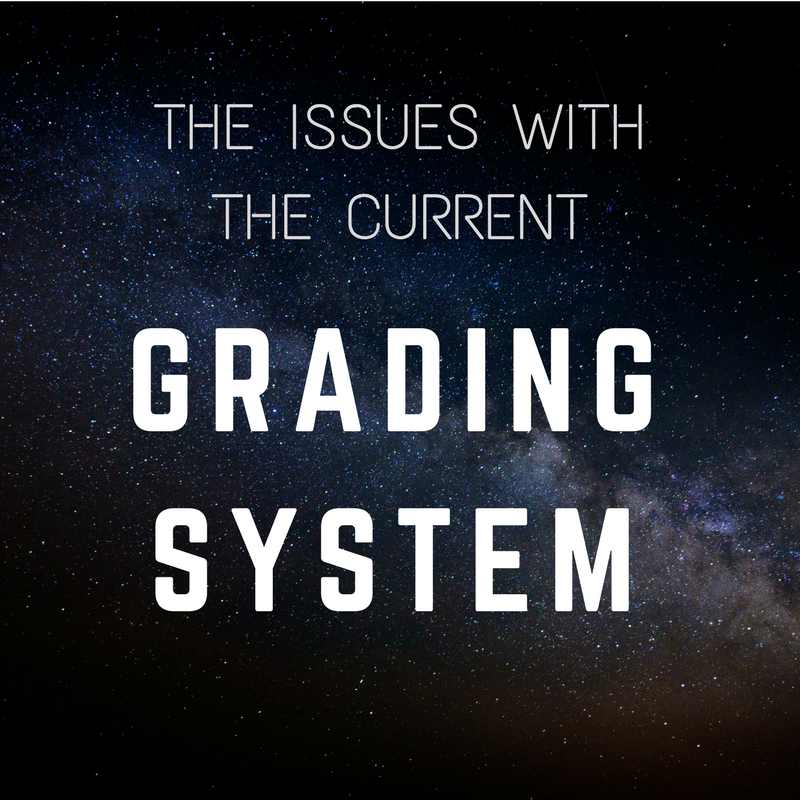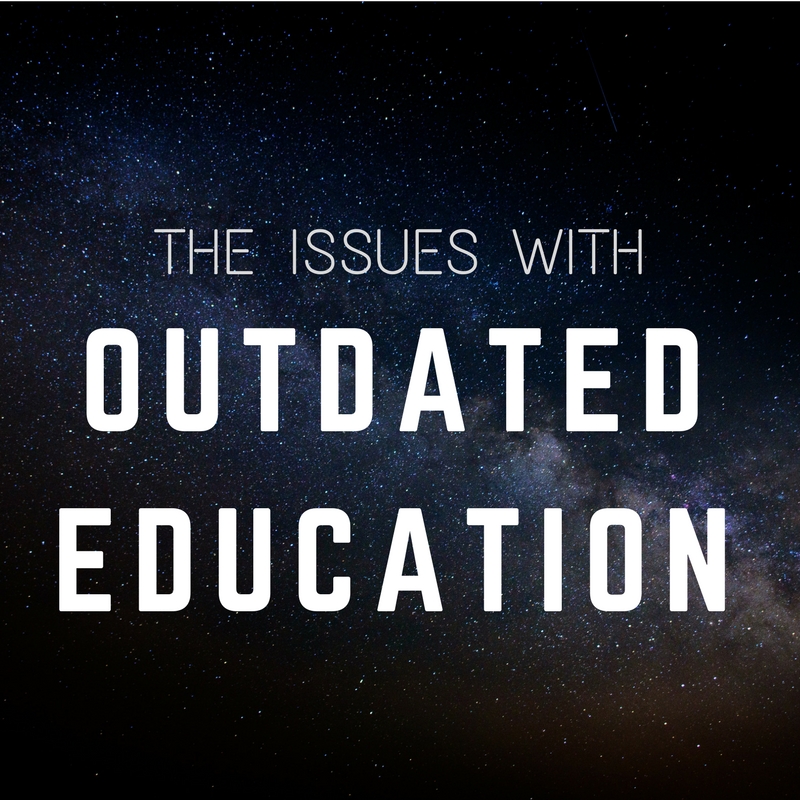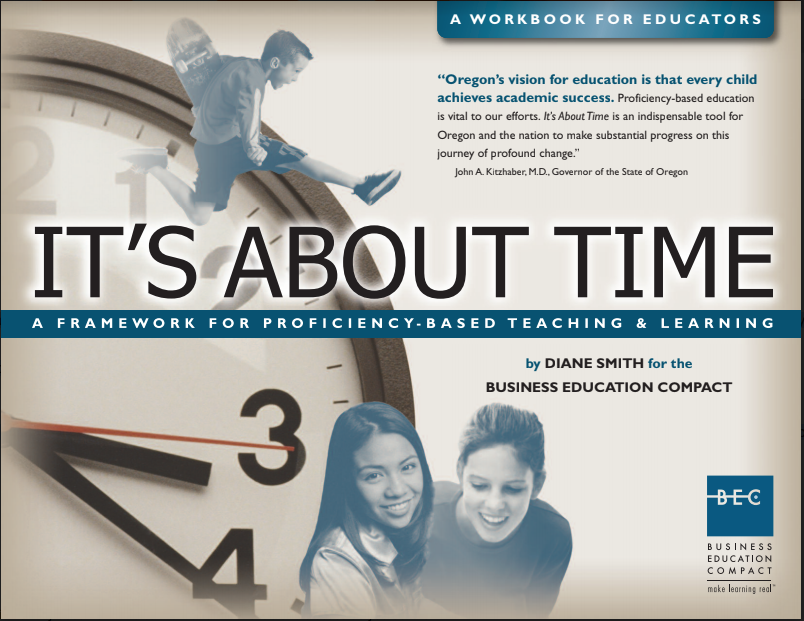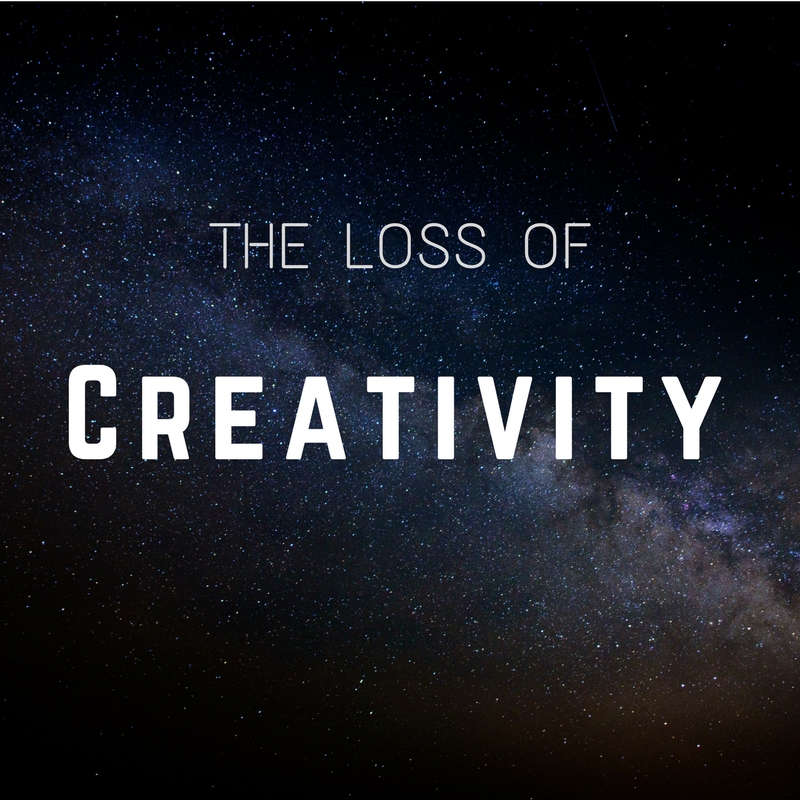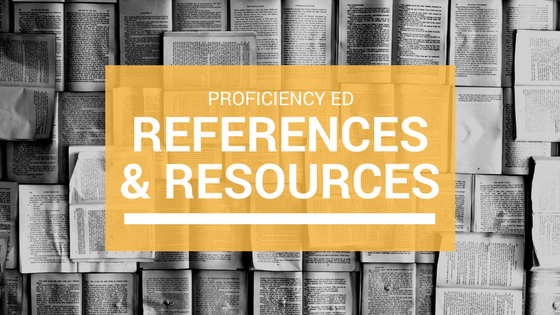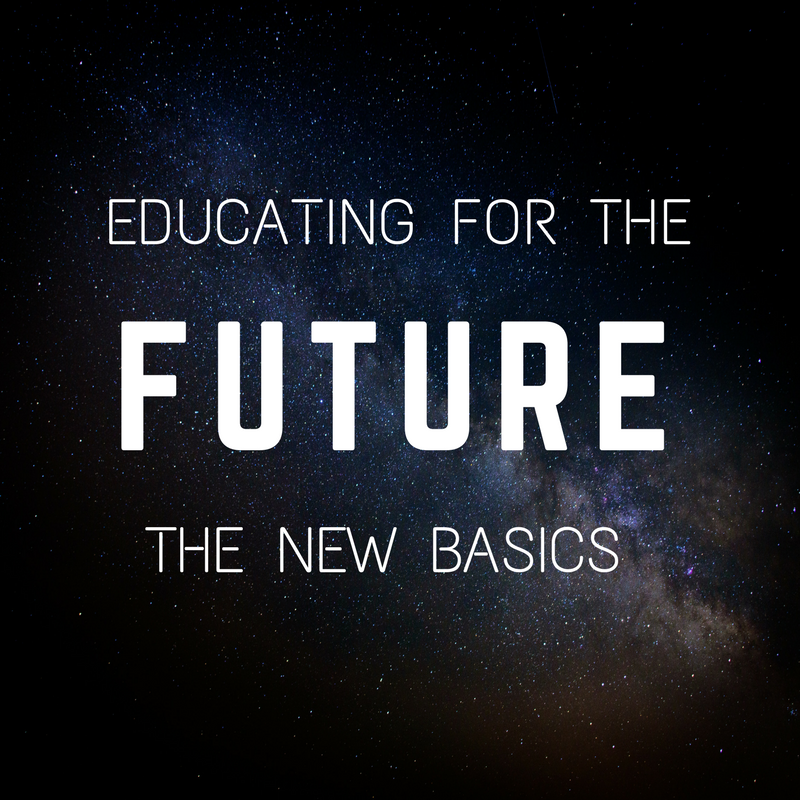I am 200 percent in favor of personalized learning, defined as enabling every child to move through the prescribed curriculum at his or her own speed, progressing on the basis of individual mastery of important skills and knowledge rather than in lockstep according to age, grade level, and end-of-year assessments. (I’m 200 percent opposed to the “let everyone learn whatever they want to whenever they want to learn it†version.)
There is nothing beneficial to kids about declaring that every ten-year-old belongs in something called “fifth grade†and that all will proceed to “sixth grade†when they get a year older, get passing marks from their teachers, and perform acceptably on “grade-level†tests at year’s end.
That’s not how it worked in the one-room schoolhouses of yesteryear, and it’s oblivious to the many ways that children differ from each other, the ways their modes and rates of learning differ, how widely their starting achievement levels differ, and how their interests, brains, and outside circumstances often cause them to learn different subjects at unequal speeds—and to move faster and slower, deeper or shallower, at different points in their lives, even at different points within a “school year.â€
Yet we’ve organized conventional schools in an industrial model and we batch-process students in ways that made sense to “cult of efficiency†experts circa 1920, that lent themselves to uniform teachers delivering a uniform curriculum to groups of twenty to thirty same-age pupils in more-or-less identical classrooms during a six-hour day and 180-day year that made perfect sense for a country that lacked air conditioning and that wanted to standardize the school year.
Now we live in a post-industrial age. Technology surrounds us. Moms work—and less and less is standardized. Our demographics are more diverse than any country has ever experienced in the history of the world. Individualism, personal preference, and choice characterize almost every other aspect of our lives. We have hundreds of TV channels instead of three. The world is at our fingertips via the Internet. And we want every child to maximize his or her potential in life, not linger at some “grade level†defined by averages. That means, among other things, enabling motivated and high ability youngsters to go as fast and far as they can, while giving ample attention to kids who—for a thousand reasons—must struggle (and take additional time) to prepare for the adult world.
Personalizing our approach to K–12 education—and, while we’re at it, to pre-K and postsecondary education, as well—makes all the sense in the world. Hats off to Chan-Zuckerberg and others now striving (and investing) to make that real.
But my goodness, how tall are the barriers that we’ve built and that they’re going to have to overcome if personalized learning is to prevail.
First and most obvious, we’ve organized the entire, massive K–12 system around an age-based, grade-level, 180-days-per-year calendar; around mostly self-contained and generally low-tech classrooms; and around a pedagogical model centered on a single teacher teaching a uniform curriculum to twenty to thirty children for a prescribed amount of time each day, children who don’t have much in common except that they’re more or less the same age and (usually) live in pretty much the same community. We’ve constructed a hundred thousand schools that way; we’ve trained nearly 4 million teachers to do their best in that kind of structure; and we’ve socialized the families of some 55 million youngsters into believing that “that’s what school looks like and that’s how it works.†(Such socializing wasn’t hard inasmuch as most parents went through the same arrangement.) Many earnest efforts to foster school choice, blended learning, and differentiated instruction have nibbled away at the edges of this arrangement, but it’s staggeringly durable. Immense adult interests now depend on that arrangement not changing very much, except (of course) for spending a bit more every year.
Another major reason it endures—and another huge obstacle for the personalizers—is public complacency. Besides expecting children to attend schools that resemble those of their parents (and grandparents), we have ample evidence from a hundred surveys that most Americans are pretty content not only with those schools (at least those they know best) but also with the system as a whole. Those who are discontented can opt into something (slightly) different if they’re wealthy; if discontented and poor, however, they don’t have (or, in many cases, even expect to have) any real alternatives.
Compounding the problem, many of the most potent and best-loved education reforms of recent decades have bought into and now rest upon the same basic structure. Most obvious are grade-level academic standards with assessments and accountability systems aligned to them. Because the fifth-grade standards, for example, are meant to apply to almost every ten-to-eleven year old, we hassle endlessly over whether they should be low enough for most kids to achieve or high enough to point toward readiness for the real world, but practically nobody deviates from the underlying assumption: Ten-year-olds belong in fifth grade and the state should set uniform academic standards for fifth graders in core subjects, standards that apply to every fifth-grade public-school classroom and that form the basis of a high-stakes accountability system that educators are admonished to take seriously.
Yes, by all means, let’s personalize learning. It’s the right thing to do, it’s no secret how to do it, and the materials are at hand. But doing this right will either take a hundred years into the future or demands an education earthquake that will demolish almost every structure we’ve built over the past hundred years.
[podcast src=”https://html5-player.libsyn.com/embed/episode/id/5626341/height/100/width/450/theme/standard/autonext/no/thumbnail/yes/autoplay/no/preload/no/no_addthis/no/direction/forward/” height=”100″ width=”450″ placement=”top”]“Ask a roomful of five-year-olds how many are artists and every hand will shoot up.  Ask a roomful of thirty-five-year-olds the same question and you get one reluctant hand.†Listen to Dr. Mark Siegel reflect and compares the significant difference in number of adults who believe they are creative artists compared to young children.
For over 40 years I’ve been writing about and advocating for proficiency-based teaching and learning. It is also known by other names (competency, mastery and more) but now it is being called student-centered learning or personalized learning.
The good news is that more and more folks get it. Knowledgeworks (knowledgeworks.org) “is a national organization committed to providing every learner with meaningful personalized learning experiences that ensure success in college, career and civic life.†They “develop the capabilities of educators to implement and sustain competency-based and early college schools, partner with federal, state and district leaders to remove policy barriers that inhibit the growth of personalized learning and provide national thought leadership around the future of learning.â€
They are just one of many groups working to shift our education system and paradigm away from a time-based system (50-minute classes, 180 days; agrarian school calendar) where time is the constant and learning (if it occurs at all) is the variable. Proficiency, competency, student–centered learning, and personalized-learning advocates want to shift us to a system that ensures that students master early step before moving to the next step.
Sal Kahn (khanacademy.org) has a short YouTube video “Let’s teach for mastery — not test scoresâ€. The summary says:
Would you choose to build a house on top of an unfinished foundation? Of course not. Why, then, do we rush students through education when they haven’t always grasped the basics? Yes, it’s complicated, but educator Sal Khan shares his plan to turn struggling students into scholars by helping them master concepts at their own pace.
It is easy to see that the lecture, test, and move-on model, doesn’t work even for the best students.
The solution is personalized learning. Knowledgeworks says that “personalized learning puts the focus on each individual student and includes the following elements:
-
Instruction is aligned to rigorous college- and career-ready standards and the social and emotional skills students need to be successful in college and career.
-
Instruction is customized, allowing each student to design learning experiences aligned to his or her interests.
-
The pace of instruction is varied based on individual student needs, allowing students to accelerate or take additional time based on their level of mastery.
-
Educators use data from formative assessments and student feedback in real-time to differentiate instruction and provide robust supports and interventions so that every student remains on track to graduation.
-
Students and parents have access to clear, transferable learning objectives and assessment results so they understand what is expected for mastery and advancement.â€
My simple version: students master each step before moving on. Learning is the constant, not  time. Bells and school years are irrelevant to each student’s learning progress.
The good news is that this is an idea that not only makes sense, but more and more educators, schools, districts and states are moving toward personalized-learning models. Knowledgeworks is just one of many groups that is doing something about it. This is the only chance we have to save our education system and the children in it, as well as the future of our society. Stay tuned.
First, don’t get me wrong. I love math and I love algebra. As I tell students, doing algebra is doing detective work just like Sherlock Holmes. There is something we don’t know and there is an answer! It can be found out! I think it is lots of fun! Really! And I know that given the right learning environment, anyone can learn and do well at math.
But we should personalize the study of math just as we should all study, and there should be alternate math paths that relate to careers and different fields of endeavor. Different math studies would be useful in different careers and professions. One size math does not fit all!
Before you think I’ve gone off the deep end, I’ve thought this for a long time, but I’m not the only one. A quick Internet search will show that this is being seriously considered across the country and has been a discussion topic for years.
US News & World Reports published an article in 2012 entitled “Community Colleges Consider Math Options, Some schools are looking at new programs to help boost success in remedial math courses,†stating, “‘Virginia has been “overmathing†students in the humanities, liberal arts, teacher education, social sciences, and non-STEM career programs,’ says Frank Friedman, co-chair of the math redesign team and president of Piedmont Virginia Community College. ‘These students are currently required to master math skills that are more advanced than what they will ever need on their jobs and more advanced than what they will need to function successfully as an adult citizen.’”
The Seattle Times updated a 2015 article in 2016, “It’s Not You, It’s the Math: Colleges Rethink What Students Needâ€. They write:
“…the math problem also has caused leaders of Washington’s community colleges to ask a fundamental question: How much math, and what kind, should be required for a student to earn a college degree?
Their answer, increasingly, is that there is no one answer.
Students who are studying to become nurses, social workers, early-childhood educators or carpenters may never use intermediate algebra, much less calculus. Yet for years, community colleges have used a one-size-fits-all math approach that’s heavy on algebra and preps students for calculus.
That’s starting to change in a few pioneering schools that are overhauling what math they teach and how they teach it. Some colleges, for example, have started to offer a math sequence that focuses on statistics, and persuaded the state’s four-year colleges to accept it as a college math credit. Others are offering a learn-at-your-own-pace approach.â€
The Los Angeles Times just published an article “Drop Algebra Requirement for Non-STEM Majors, California Community Colleges Chief Saysâ€. (Click here to read it). Chancellor of the California Community Colleges Eloy Ortiz Oakley “who heads the nation’s largest community college system of 114 campuses†said, “non-STEM majors…should be able to demonstrate quantitative reasoning skills by taking statistics or other math courses more applicable to their fields.â€
He asks, “And is algebra really the only means we have to determine whether a student is going to be successful in their life?†He goes on to say, “I think there’s a growing body of evidence and advocates that say ‘no’ — that there are more relevant, just as rigorous, math pathways that we feel students should have the ability to take.â€
The article says, “California State University administrators have been open to exploring alternative math pathways; they are consulting with faculty to determine which disciplines need to continue requiring intermediate algebra and which could be more flexible.â€
It is not possible to fairly summarize all the factors, complexities and concerns around this topic, but another LA Times article in June (“The Politics of Math: Is Algebra Necessary to Obtain a College Degree?â€) has one very telling paragraph:
“‘’While the intent has been to raise achievement, the hidden underbelly of high algebra expectations has been swelling enrollment in college developmental (remedial) math,’ according to a widely cited 2015 report by Pamela Burdman published with LearningWorks and Policy Analysis for California Education. ‘The vision of millions of college students spending time and money on high school material is an unsettling one to policymakers, parents, and students alike — even more so as research has revealed that these courses have no positive effects in terms of student success.’†I added the bold.
Other states are exploring alternatives. In California :
“Some schools, like Pierce College and College of the Canyons, have experimented with programs such as the Carnegie Foundation’s Statway and those developed by the California Acceleration Project — courses in statistics and data analysis designed for majors not in math or science as a way to reach college-level quantitative reasoning without getting stuck in non-credit remedial courses or completing a traditional intermediate algebra course. Supporters of this approach have noted that students find the material more engaging — and more immediately useful in following political polls, analyzing sports data or understanding research methodology.â€
I know this is a higher ed topic in Oregon and elsewhere. Most important, the overriding concern is not doing away with algebra in high school or college! It is about being clear about the proficiencies and knowledge we want students to have, and which majors and careers require the algebra pathway. The LA Times says it best when it reports that “the discussion with faculty has evolved into determining which majors need to continue requiring intermediate algebra, and which could be more flexible in considering alternatives.â€
One-size math doesn’t fit all, and the evidence is now showing that there are rigorous non-algebra math programs that make more sense for some students! I’m sad that not all students get or love algebra, but I’m glad that we are taking their individual needs into account! This is good news – “The Times They Are a-Changin’†(in small ways).
And guess what. Many colleges are already there. But that’s for another day and another blog.
Below are references Dr. Mark Siegel uses in his presentations, organized by type of reference. Many more references can be found  by searching for “Proficiency-Based Education” or “Competency-Based Education” or similar terms on Google.
BOOKS AND ARTICLES
- Creative Schools: The Grassroots Revolution That’s Transforming Education, Ken Robinson
- Delivering on the Promise: The Education Revolution, Richard DeLorenzo Â
- Edutopia, Northern Lights… http://www.edutopia.org/chugach-school-district-reform
- Inevitable: Mass Customized Learning: Learning in the Age of Empowerment    Schwahn and McGarvey (May 30, 2012)   (http://masscustomizedlearning.com/)
- Chuck Schwann interview (video): http://www.youtube.com/watch?v=BLCQaeU81sc&feature=contextcha
- Bea McGarvey interview (video): http://www.youtube.com/watch?v=AsQXKwd2VpI&feature=plcp\
- It’s About Time—A Framework for Proficiency-based Teaching & Learning,  Diane Smith (Business Education Compact) http://becpdx.org/proficiency/its_about_time.aspx
- Off the Clock – Moving Education from TIME to COMPETENCY, Bramante & Colby
- The Atlantic (May 9, 2012), How to Break Free of Our 19th-Century Factory-Model Education System – A technology and education entrepreneur gazes into the future of theclassroom, http://www.theatlantic.com/business/archive/2012/05/how-to-break-free-of-our-19th-century-factory-model-education-system/256881/
- The One World Schoolhouse – Education Reimagined, Salman Khan
- Wall St. Journal (March 10, 2014) Shaking Up the Classroom – Some Schools Scrap Age-Based Grade Levels, Focusing on Mastery of Material
http://www.wsj.com/articles/SB10001424052702304899704579391101344310812
- AdvancED Source, A New Paradigm – Putting All Students in the Driver’s Seat http://www.advanc-ed.org/source/new-paradigm-putting-all-students-drivers-seat
- Chapter 6 ,The Last Frontier:Tackling the Letter Grader (Ken O’Connor), Ahead of the Curve: The Power of Assessment to Transform Teaching and Learning (Leading Edge (Solution Tree)) Hardcover– September 24, 2007
VIDEOS AND REPORTS
- ISM Full Steam Ahead  http://isminc.com/pdf/unsorted/fullsteamahead%20final.pdf
- Salman Khan/Khan Academy on ted.com http://www.ted.com/talks/salman_khan_let_s_use_video_to_reinvent_education.html
- Prisoners of Time, Education Commission of the States  http://www.ecs.org/clearinghouse/64/52/6452.pdfÂ
- Proficiency-Based Instruction and Assessment, Oregon Education Roundtable  http://orbusinesscouncil.org/docs/archive/Proficiency_Practice_Excerpt2_0.pdf
- Sir Kenneth Robinson: RSA Animate, Changing Education Paradigms (TED talk) Â Â http://www.youtube.com/watch?v=zDZFcDGpL4U
- Standards-Based Grading and Assessing Student Mastery of Content (recorded webinar &  resources/materials) http://www.relnei.org/events/event-archive/standards-based-grading.html    Â
SITES/GROUPS/BLOGS/SOFTWARE
- Adams School District 50 (CO), Competency-Based System, http://www.cbsadams50.org/
- (video) http://adams50.org/cbsvideo
- Business Education Compact   http://becpdx.org/proficiency/resources.aspx
- Competency Works, http://www.competencyworks.org/
- Credit for Proficiency Oregon Dept of Ed http://www.ode.state.or.us/search/results/?id=35
- Educate, http://www.educatek12.com/
- Lindsay Unified School District  (videos) http://www.lindsay.k12.ca.us/menus/videos.html
- Maine Department of Education, http://www.maine.gov/doe/
- Reinventing Schools Coalition (RISC) http://www.reinventingschools.org/
- Mark Siegel’s Blog Thinking About Education http://www.delphian.org/page.cfm?p=400
- New Hampshire Department of Education, http://education.nh.gov/ Â (high school transformation) http://www.education.nh.gov/innovations/hs_redesign/index.htm
(video) http://education.nh.gov/innovations/redefining-education-video.htm - US Dept of Education Competency-Based Learning or Personalized Learning Resources http://www.ed.gov/oii-news/competency-based-learning-or-personalized-learning
- West Linn-Wilsonville Sch Dist, Proficiency Based Learning, www.wlwv.k12.or.us/Page/759
Dr. Mark Siegel can be contacted below at:
marks@delphian.org          Â
503.843.3521
The Delphian School                   Â
20950 SW Rock Creek Rd         Â
Sheridan, OR Â 97378 Â Â Â Â Â Â Â Â Â Â Â Â Â Â Â Â Â Â Â Â Â Â Â Â Â Â Â Â Â Â Â Â Â Â Â Â Â
I’ve often spoken and written about how factory-model, time-based schools keep bright students from moving ahead.  We bore these students, they often find other “games†to play (which may not be constructive and helpful), and we waste their potential. We let them down, and we lose them.  I’d seen it and experienced it, but hadn’t read or studied much about it in depth.
I recently found that there is a lot of information to support my observations, and my brief review gave me even more cause for concern.  It is clear to me that factory-model schools stifle creativity and genius, and limit humanity’s search for solutions to the problems which plague us. I found (but had not yet read) a book Genius Denied: How to Stop Wasting our Brightest Young Minds.  The book’s site tells it all:
“With all the talk of failing schools these days, we forget that schools can fail their brightest students, too. We pledge to ‘leave no child behind,’ but in American schools today, thousands of gifted and talented students fall short of their potential.â€
Authors Jan and Bob Davidson (creators of Davidson &​​ Associates, the educational software company) founded the Davidson Institute for Talent Development to assist gifted children and schools.  From the book excerpts and summary, I can tell that they tell a great story.
They “describe the ‘quiet crisis’ in education: gifted students spending their days in classrooms learning little beyond how to cope with boredom as they ‘relearn’ material they’ve already mastered years before. This lack of challenge leads to frustration, underachievement, and even failure… At a time when our country needs a deep intellectual talent pool, the squandering of these bright young minds is a national tragedy.â€
I didn’t know the numbers – in the US alone, there are hundreds of thousands of highly gifted children – and millions more of above-average intelligence.  At the site you can read excerpted stories of genius and in some cases, how their needs were finally met, and how society benefits when these geniuses help us solve the tough problems.  It also helps to know that gifted students are often misdiagnosed as having the mythical ADD because they are being forced to “learn†things they already know, or get in a flash.  One story told of a girl who could read and fully understand a literature book in one night that the class was reading paragraph by paragraph for weeks on end.  Cruel treatment of our best and brightest.  The bottom line – proficiency-based education benefits all students.  Geniuses can move at their own pace as well as other students who need more time in some subjects and less in others.
I found a great quote about teaching gifted students: “Teaching those types of voracious minds in a regular classroom without enhancement is like feeding an elephant one blade of grass at a time. You’ll starve them.†(Elizabeth Meckstroth)
What would the world be like if we let all students reach their full potential – including our young geniuses?  Would major illnesses be eradicated, hunger cured, and poverty and the energy crisis  things of the past?  We’ll never know until we leave the factory-model behind, along with the many other outdated technologies and ways of thinking.
Originally posted by Dr. Mark Siegel at www.Delphian.org
The New Basics
Today’s educational system is outdated: we cannot predict the future of the next generation; instead, we must look at the new basics for educating. As Dr. Mark Seigel says, “we must start competing against ignorance, not each other.”
